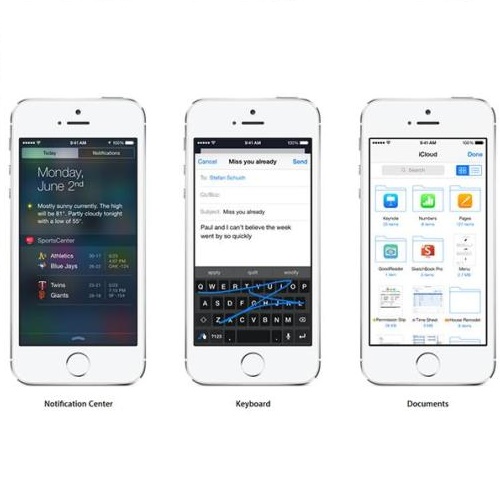This paper presents an image-based visual servo control (IBVS) method for a first-person-view (FPV) quadrotor to conduct aggressive aerial tracking. There are three major challenges to maneuvering an underactuated vehicle using IBVS: (i) finding a visual feature representation that is robust to large rotations and is suited to be an optimization variable; (ii) keeping the target visible without sacrificing the robot's agility; and (iii) compensating for the rotational effects in the detected features. We propose a complete design framework to address these problems. First, we employ a rotation on $SO(3)$ to represent a spherical image feature on $S^{2}$ to gain singularity-free and second-order differentiable properties. To ensure target visibility, we formulate the IBVS as a nonlinear model predictive control (NMPC) problem with three constraints taken into account: the robot's physical limits, target visibility, and time-to-collision (TTC). Furthermore, we propose a novel attitude-compensation scheme to enable formulating the visibility constraint in the actual image plane instead of a virtual fix-orientation image plane. It guarantees that the visibility constraint is valid under large rotations. Extensive experimental results show that our method can track a fast-moving target stably and aggressively without the aid of a localization system.
翻译:本文展示了以图像为基础的直观传感器控制( IBVS) 方法, 用于第一人视图( FPV) 二次测试, 以进行侵略性空中跟踪。 使用 IBVS 操作未完全起动的飞行器, 有三个重大挑战:(一) 找到一个对大型旋转具有强力且适合优化变量的视觉特征显示器;(二) 在不牺牲机器人灵活性的情况下, 保持目标可见度;(三) 补偿检测到的特性中的旋转效应。 我们提议了一个完整的设计框架来解决这些问题。 首先, 我们用$SO(3)美元进行旋转, 以代表$S%2} 的球形图像功能, 以获得单一性、 第二波形的不同特性。 为确保目标可见度, 我们将IBVS 设计成一个非线性模型预测控制器( NMPC) 问题, 考虑三个限制因素: 机器人的物理限制、 目标可见度和时间到collisition( TTC) 。 此外, 我们提议了一个新型的姿态补偿性反应方案, 以便能够在不具有可见性、 直观、 直观、 直观、 直观、 直观、 直观、 直观、 直观的图像显示、 直观、 直观、 直观、 直观、 直观、 直观、 直观、 直观、 直观、 直观、 直观、 直观、 直观、 直观、直观、直观、直观、直观、直观、直观、直观、直观、直观、直观、直观、直观、直观、直观、直观、直观、直观、直观、直观、直观、直观、直观、直观、直观、直观、直观、直观、直观、直观、直观、直观、直观、直观、直观、直观、直观、直观、直观、直观、直观、直观、直观、直观、直观、直观、直观、直观、直观、直观、直观、直观、直观、直观、直观、直观、直观、直观、直观、直观、直观、直观、





